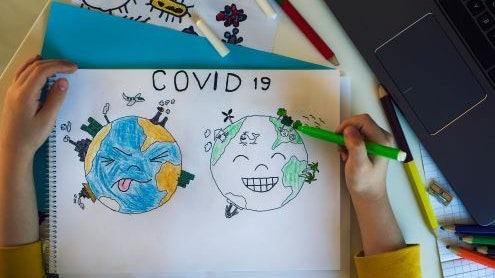Homepage
•
Learning Library
•
Blog
•
Standards Spotlight: Introduce students to our small, connected world with the Global Collaborator standard
Expand breadcrumbs
Expand breadcrumbs
- Learning Library
- Blog
- Standards Spotlight: Introduce students to our small, connected world with the Global Collaborator standard
- Homepage
- •
- Learning Library
- •
- Blog
- •
- Standards Spotlight: Introduce students to our small, connected world with the Global Collaborator standard
Standards Spotlight: Introduce students to our small, connected world with the Global Collaborator standard
By Kristin Harrington
June 24, 2020








